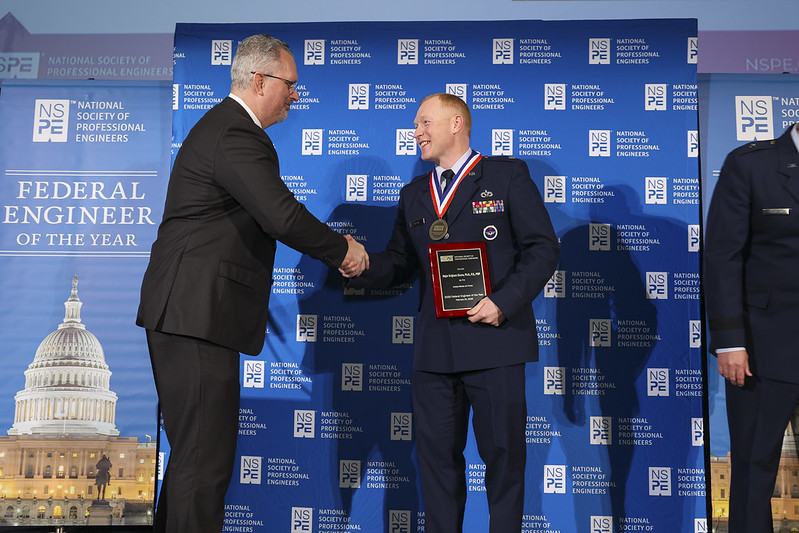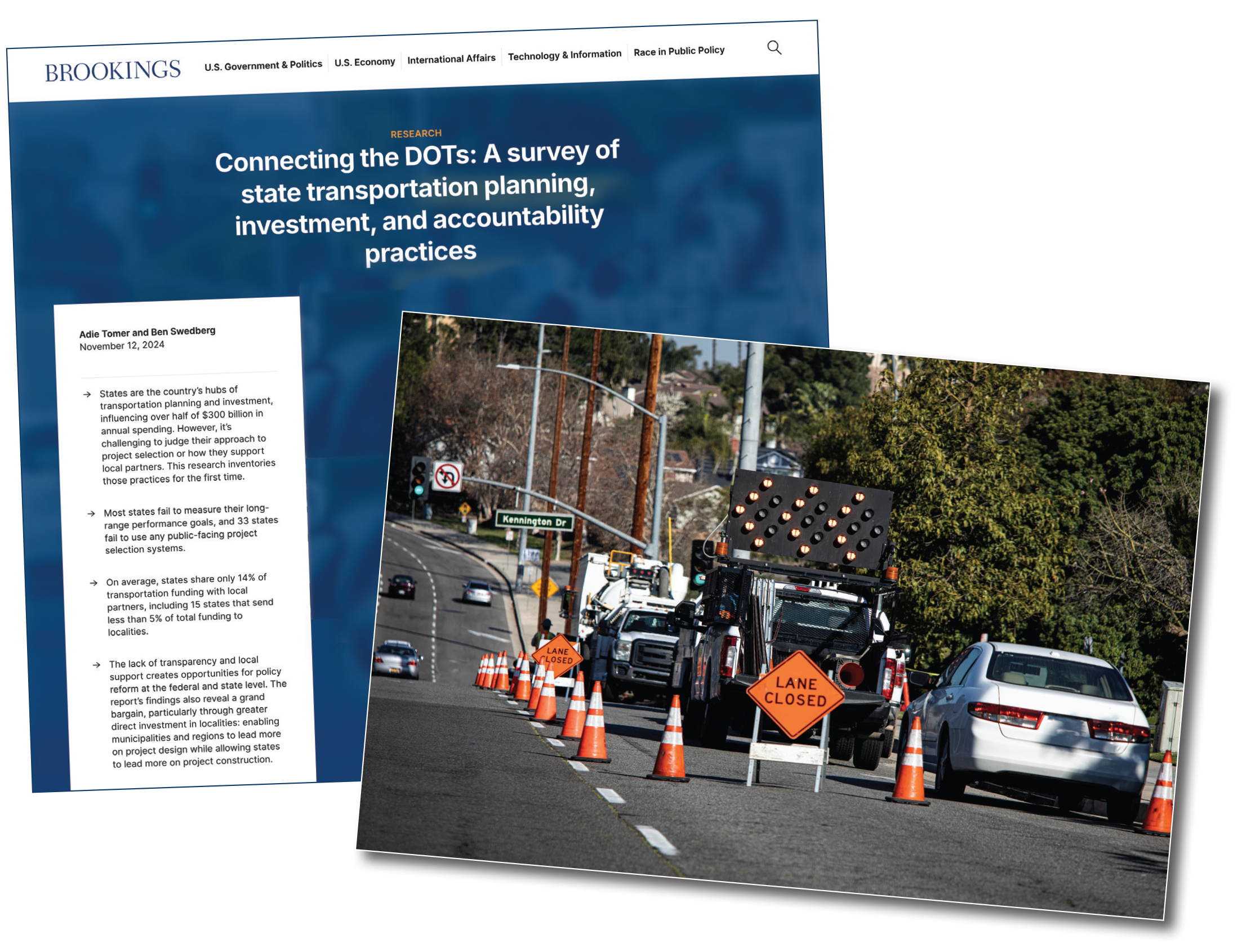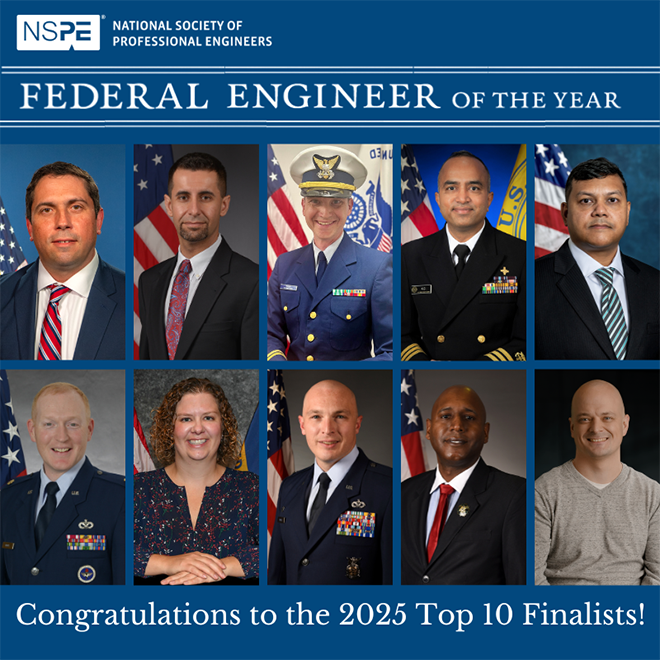May/June 2020
Communities: Government
Staff Augmentation: Promise or Pitfall?
BY MICHAEL S. ELLEGOOD, P.E., AND NEIL DOBLER, P.E.
 MICHAEL S. ELLEGOOD, P.E.
MICHAEL S. ELLEGOOD, P.E.In the aftermath of the 2008 recession, industries, employers, and public agencies tightened their belts. Many public agencies, including public works agencies, offered incentives to senior staff to encourage retirement. As these staff members left, they took with them decades of technical knowledge.
As the nation emerged from the recession, the demand for infrastructure investment grew. Agencies charged with providing infrastructure were now faced with the challenge of delivering projects, without experienced staff. As workload increased and unemployment rates tumbled, the ability of government agencies to hire technical staff diminished. As a result, the consultant community was essential to providing the technical skills needed for project planning, design, and construction oversight.
 NEIL DOBLER, P.E.
NEIL DOBLER, P.E.Since then, one problem has remained. In many cases, there is not enough staff to provide proper oversight of the consultant’s work and the preliminary planning necessary to develop capital improvement programs.
To temporarily relieve this problem, some agencies have turned to “staff augmentation”: a practice by which consultant personnel are contracted to provide technical oversight and help to develop the experience and technical judgment of agency personnel. In this role, consultant personnel act as agency staff performing plan review, technical coordination, and project management, and fill technical skill gaps within the agency. They take direction from agency management and act as a resource to other agency staff. They become a true extension of staff. This practice has become common at many state and local public works agencies over the last decade.
Win-Win?
For the consultant, these assignments can be quite advantageous. The assigned staff become highly utilized; there is little or no consultant firm liability for work done; and the consultant learns the inner workings of the public agency and details about potential future work, consultant selection processes, and the agency’s oversight and project management practices. More important, close and often personal relationships are built; the assigned consultant staff become “trusted advisors” to the agency. This will serve well in future marketing activities.
For the agency, these arrangements can also be very advantageous. The consultant’s skilled staff are brought on to handle technical issues, thus exposing less-experienced agency staff to more technically qualified personnel. The consultant not only provides technical depth but also becomes a resource for other agency staff—a “go-to” person who can provide both answers and guidance from a depth of experience. Agency staff learn and benefit from an on-site mentor, and projects get delivered.
Potential Challenges
However, with this promise, there can also be pitfalls. Because of the intimacy that develops when people work closely together over time, the lines between consultant and agency can become blurred. Conflicts of interest can occur—for example, in involving the consultant in consultant selection.
Without a doubt, the on-site consultant will walk a fine line between maintaining neutrality on behalf of the agency and promoting his or her firm as all good consultants must do.
In addition, it is important for the consultant’s staff members to be aware of their authority limits. While these limits completely depend on the agency’s wishes, the limits must be spelled out and understood by all. For example, can the lent consultant provide instructions directly to other consultants?
The individual selected by the consultant firm must be of unquestioned integrity and must be constantly aware of the potential for conflicts of interest as well as limits. In a staff augmentation role, the consultant must remain loyal to the agency while still remembering that the parent firm is the employer.
Some tips:
- Assign consultant staff with the requisite skills and experience, but also with excellent communication and interpersonal skills.
- Limit the engagement of consultant staff to technical matters only; avoid any involvement that might appear to be a conflict of interest.
- Identify the limits of the lent staff’s authority and document those limits.
- Avoid potential or perceived conflicts of interest, particularly in consultant selection or in oversight.
- Identify in the contractual arrangements the liability, if any, of the consultant firm for any errors or omissions of the assigned staff.
Staff augmentation can be a highly effective tool to move projects along and provide training and mentoring to agency staff with less experience. But limits should be placed on lent staff’s authority to avoid the appearance of conflicts of interest.
Michael S. Ellegood, P.E., is a practicing civil engineer. He previously served as public works director, county engineer, and transportation director for Maricopa County, Arizona. He is a past president of the Arizona Society of Professional Engineers. NSPE member Neil Dobler, P.E., is a senior vice president with Bartlett & West Inc. He has served as public works director for the City of Topeka, Kansas, and is currently on the city council.


 Volunteering at NSPE is a great opportunity to grow your professional network and connect with other leaders in the field.
Volunteering at NSPE is a great opportunity to grow your professional network and connect with other leaders in the field. The National Society of Professional Engineers (NSPE) encourages you to explore the resources to cast your vote on election day:
The National Society of Professional Engineers (NSPE) encourages you to explore the resources to cast your vote on election day:




